From Here For Here by Ariane Prin
by: Dezeen, 2011-07-06 07:29:03 UTC
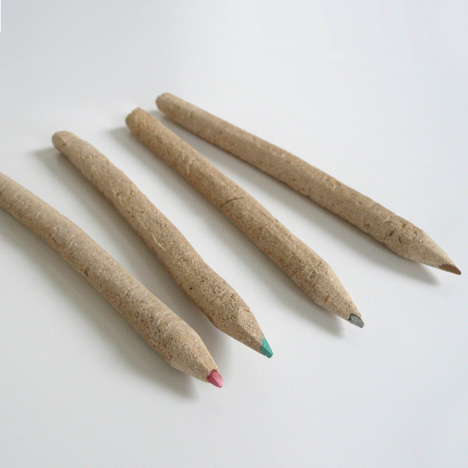
Show RCA 2011: Royal College of Art graduate Ariane Prin uses waste from college workshops as the raw material for her on-site pencil factory (more…)


 Dezeen Screen: interview with Jens Martin Skibsted
Dezeen Screen: interview with Jens Martin Skibsted
by: Dezeen, 2011-07-06 15:49:25 UTC
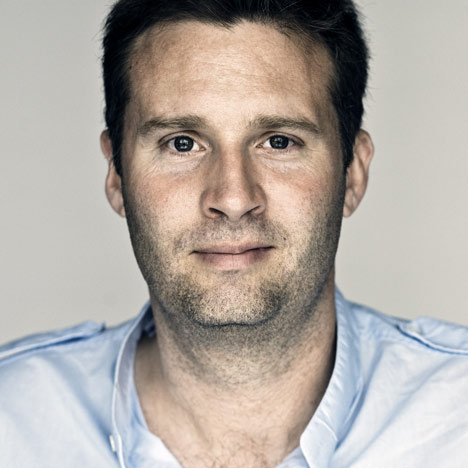
Dezeen Screen: Danish designer Jens Martin Skibsted talks about his bicycle brand Biomega and the future of urban cycling in this previously unseen video filmed by Dezeen during the London Design Festival 2010. Watch the movie »


 Recycling Is A Good Thing, Right? It Depends.
Recycling Is A Good Thing, Right? It Depends.
by: TreeHugger Design, 2011-07-06 16:06:05 UTC
 Image credit Apple Canada
Image credit Apple Canada
Three years ago Warren wrote a glorious rant,
Enough, Already. 'Recyclable' is Not Recycling, in which he complained about companies (like Apple) using the word "recyclable."
To my mind this is hypocrisy. It is "do as I say, not do as I do." Recycling is a complete loop. A joined circle. You are only recycling when you are buying recycled....Products touting 'recyclable' materials are eco-poseurs, unless those materials are also already recycled.
Warren made the case that Apple should be using recycled aluminum in thei...
Read the full story on TreeHugger
Vax unveils world's first biodegradable vacuum cleaner made from recycled cardboard
by: Ecofriend, 2011-07-06 05:07:27 UTC
Garima Goel:

Cardboard Vacuum CleanerDesigned by Vax
It is an era of people who talk green, walk green and live green. Everywhere, people are becoming environmentally friendly and thinking of various possible ways to saving the earth. Recycling is one of the very popular and most important steps taken to show environmental concern. Do you know that the trash in the landfills is a great environmental threat, as it contributes to pollution? Recycling has been a successful process to keep the waste out of landfill by collecting that rubbish and turning it into new products.
This process has been practised since ten years and is now a mode of business for some companies now. By recycling every possible object we can do our part of saving the earth from getting polluted. Jake Tyler, a Loughborough University student has constructed a vacuum cleaner from recycled cardboard and has contributed his share for saving the planet. Called the ‘Vax EV’, the vac is made up of sustainable material, that is a recycled cardboard taken from a shipping box.
Not only the case but also the internal machinery parts are made up of recyclable materials like pure nylon plastic that uses RP (rapid process) manufacturing instead of injection moulding. The young British designer, Jake Tyler, claims that his creation is no less than a traditional vacuum cleaner and costs much less as is made out of recycled materials which can be further recycled. And since the whole thing is made out of cardboard it can be decorated as pleased with felt tip pens.
The cardboard vacuum can be assembled easily by using the cardboard it is packed in without any requirement of the glue. In case any part of Vax is damaged, it can be replaced easily, without any hassle as it is made of cardboard. The Vax is definitely cheaper than the conventional vacuum cleaners which are made up of plastic or any metals. Recycling is important due to various environmental factors as it saves as energy, helps in reduction of pollution, saves natural resources and of course lessens litter consuming less landfill space.
Cardboard is used in nearly all packaging stuff that we use in our daily lives and is used for most shipping and storage boxes. The cardboard is a naturally biodegradable material and recycling it is much better instead of leaving it as litter. Earlier, a U.K.-based artist Kyle Bean has created various gadgets using recycled cardboard and now it’s Jake Tyler who has created this vacuum cleaner made of sustainable cardboard. Let us see what more cardboard gadgets will be seen in future.
Via: Dvice


 EcoCradle Mushroom Packaging
EcoCradle Mushroom Packaging
by: EnviroGadget, 2011-07-04 09:00:07 UTC
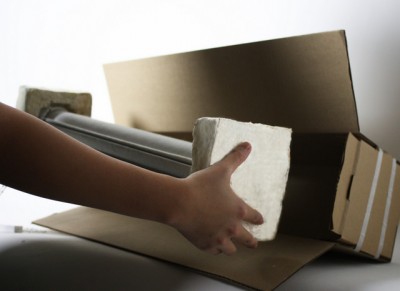
This EcoCradle Mushroom Packaging is a great way to package items safely without the need for the chemically made packaging materials. The packaging naturally breaks down in even a garden compost heap, and is created from mycelium growing around agricultural by-products, and so can be grown into any shape desired.
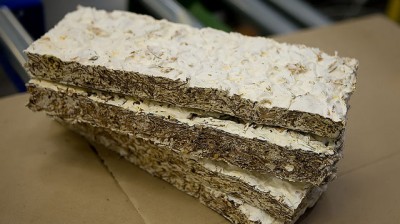
The EcoCradle Mushroom Packaging has been created by Ecovative designs, and it has recently been announced that DELL are trialing the packaging for transporting their servers, which can weigh over 100lbs. The packaging is grown into whatever shape is required quickly. They use agricultural by-products such as buckwheat husks, oat hulls, or cotton burrs to make up the core of the packaging. It takes only 5 – 7 days, in the dark with no watering and no petrochemical inputs, for the mycelium (fungal network of threadlike cells) to totally bind this core together into strong eco-friendly packaging. The packaging is treated with heat to ensure there will be no more growth or spores.
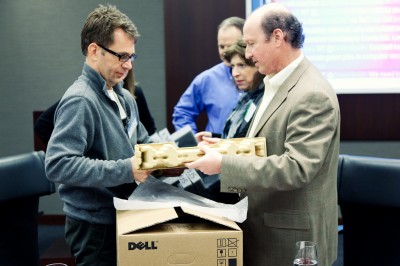
EcoCradle Mushroom Packaging is totally biodegradable and renewable, making use of inedible crop waste. Unlike many other bio packaging materials it does not use food or fuel crops in its creation and so does not divert resources away from where they are needed. It is a great way to safely package devices, knowing that no matter how the packaging is disposed of it will quickly rot down without any harm to the environment.
Source: iGreenSpot & Ecovative Designs
Want to buy this gadget? Check out the EcoCradle Mushroom Packaging article on EnviroGadget to see the lowest prices for this gadget.
© 2008 to 2011 EnviroGadget.com. You can now keep up with the latest eco-gadgets on the EnviroGadget Facebook page. Why not help us to spread the word?
Related posts:
- PaperLite – Completely Paper-based Packaging
- Easy-to-Grow Mushroom Garden
- Reclaimed Wood Eco-friendly Mushroom Light


 SleepWell system puts mobile devices to sleep to conserve power while waiting on Wi-Fi
SleepWell system puts mobile devices to sleep to conserve power while waiting on Wi-Fi
by: Gizmag Emerging Technology Magazine, 2011-07-01 07:10:39 UTC

Although the number of Wi-Fi hotspots has increased dramatically in most places over the past few years, the explosion in the number of smartphones and laptops attempting to make use of such connections means that getting decent download speeds is as difficult as it always was. Not only is this frustrating, it can also be a major drain on the batteries of mobile devices. In an effort to address one of these problems, a Duke University graduate student has developed software called SleepWell that allows mobile devices to take a nap to save power while they wait for their turn to download...
Continue Reading
SleepWell system puts mobile devices to sleep to conserve power while waiting on Wi-FiTags: Duke University,
Wi-fi
Related Articles:


 Graphite coated sand makes water safe for drinking
Graphite coated sand makes water safe for drinking
by: Ecofriend, 2011-07-02 12:32:16 UTC
Bindiya Bhatt:

Super SandWater purifying sand
Clean drinking water is still a far cry for billions of people living in rural and developing areas and to find a solution to their problems researchers have been working hard. And finally, after a long research they have come up with a ‘green way’ to clean the dirty water and make it drinkable and, for this purpose, the waste from graphite mining companies is used.
Cleaning water using sand is a traditional method, but, this time, a team of researchers from Rice University in Texas have made some modifications in the method. When sand is coated in an oxide of graphite, it becomes “super sand”. Researchers feel that “super sand” is an effective and quick method of purifying water.
According to the BBC, coarse sand doesn’t purify water as well as fine sand, but purifying water using fine sand is a very slow method. The new method developed by Rice University researchers is both fast and effective. Moreover, the method is cheap and effective as the waste possesses sufficient amount of graphite and can be easily used again to clean the contaminated water.
Researchers believe that this method will help keep people away from water-borne diseases as they’ll be able to consume purified water. While experimenting, the researchers mixed the graphite oxide obtained from the graphite waste from the mining companies with normal sand. They then heated it up to 105 degrees Celsius for few hours and got “super sand”.
According to Rice University, the researchers carried out tests on two different contaminants – mercury and Rhodmine B dye. In the first test, they mixed mercury in 400 parts per billion and ran this water through “super sand”. And the result was that the mercury was removed in an hour and then the super sand got saturated. Similar results were found in the other test too.
Via: Treehugger


 Microsoft Hohm and Google PowerMeter Bite the Dust
Microsoft Hohm and Google PowerMeter Bite the Dust
by: Eco Geek Latest, 2011-07-01 19:51:44 UTC

Within a week of each other, Google and Microsoft both announced that they were pulling the plug on their home energy management services after only two years of them being active.
Last week, Google said that it was giving up on its PowerMeter online software that allowed people to track their home energy use and pinpoint ways make their home more efficient and end up with cheaper electricity bills. The reason was that not enough people and utilities were signing up for the free service.
Microsoft has given the same reason for ending its Hohm service, a similar program that offered a sleeker interface and a greater depth of information regarding consumer's energy use patterns and the related costs. Hohm was also free, but Microsoft had planned to make it into a paid service.
Home energy monitoring and management is a necessary part of lowering our overall energy use and living more sustainably, but it's possible these programs were launched a little too soon. When smart grid technology starts reaching more areas of the country and people start becoming more accustomed to using technology to tweak their energy use habits, these type of programs will be more popular, but it seems the interest just wasn't there yet.
via Earth2Tech
 Clean-tech incubator gets down and dirty
Clean-tech incubator gets down and dirty
by: Gizmodo , 2011-07-01 17:53:33 UTC
Greentown Labs in South Boston is trying to fill the need for work spaces where green-tech entrepreneurs can hack together product prototypes.
The Future Of Medical Technology Is Apps, Games, and Movies
by: fast company, 2011-07-01 22:31:17 UTC
An Oscar-winning producer talks about his interest in moviemaking, medicine, and scaleable (storytelling) design.
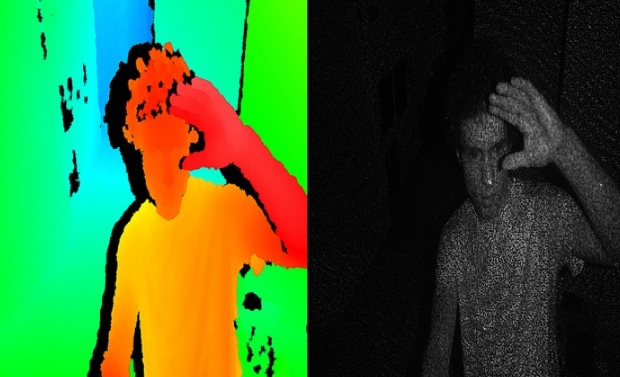
Nearly 8 of out 10 Americans are willing to pay up to $100 for a medical device that monitors their vital signs, according to an IBM study that tracks trends in the use of mobile devices in health care. Fewer than 10% of respondents are paying out-of-pocket charges for such devices today, but more than one-third expect to do so within the next two years. I am a movie producer, so why would this study be of such interest to me?
This might seem like a radical idea, but I believe that wireless medical technology and moviemaking can come together to create enormous good.
Let me explain. The basics of storytelling haven’t changed much since Aristotle’s Poetics, but technology has radically changed the medium for that storytelling multiple times over the past hundred years. Today, we’re at another inflection point as digital and mobile technologies alter the future of Hollywood. While many people see the emergence of these technologies as threatening the downfall of cinema, I think it’s a major opportunity--offering ever-increasing new ways to tell stories and impact the world for the better.
For instance, there are now thousands of medical applications written for Apple’s iOS and for Android. Most are fitness or diet-based, but there are some products, such as smart mobile blood glucose monitors for diabetics, that will make a difference in millions of lives. Current blood glucose monitors were recently assailed by tech guru (and diabetic) Walt Mossberg at a TED conference for their outdated and cumbersome design. These cheap-looking plastic devices are hard to read, give a one-time reading, and rely on constantly replacing relatively costly glucose strips. The new mobile device attaches to a smartphone, provides more accurate readings, and puts them in the context of previous readings. It’s one early application that gives the user a narrative context, allowing him or her to see “the story” of our own health.
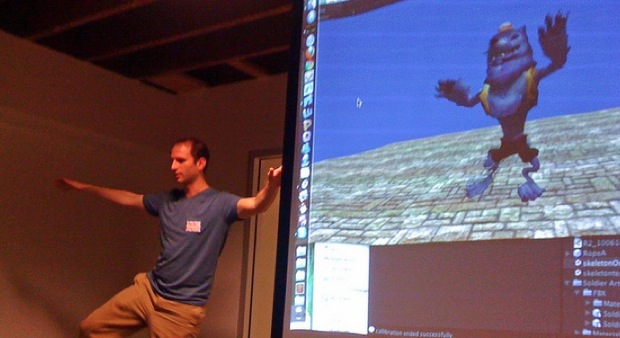
Eventually, it should be our goal to create medical blockbusters, the equivalent of Star Wars or Avatar, that will benefit mankind. Applications are being developed for the treatment of chronic diseases and for rehabilitation that will combine entertainment and medical care. Need to do some rehab after recovering from an injury? Hook up your Microsoft Kinect (with its ability to see every movement) and play an emerald mining game that makes the chore of rehab exercises a game. Not only is the patient experience improved, but there will be more physical therapists to go around, energy savings, and vast cost savings. Need to improve your lung function? I’ve seen an iPhone app that can hear how hard you blow a whistle and has the potential to be both musical and entertaining.
The coming revolution in medicine will offer us the chance to engage in our own health in ways we have never done before. It will let us monitor and improve the health of others, and it will very much be televised. It will collapse time and space. We’ll carry our own medical records with us, access diagnosis and treatment suggestions, have the ability to be directly and immediately in touch with caregivers, which will help us achieve healthy outcomes. It will rely on designers and storytellers to create a compelling experience as we come to embrace the narrative of our own health.
We are at a moment when one “wow” technology is quickly followed by another. It’s as if Hollywood talent who first heard “sound” were then exposed the next year to “color” and then the next to “3-D”. The pace of change is dizzying and a little overwhelming for established creative talent. As a result not many of our great storytellers have spent time in creating for these new mediums. But some will and a younger generation most certainly is. It’s my hope that medical and technology companies will seek out the great storytellers and include them in helping close the loop between us, our care providers, our families, and our health.
They can do that by breaking apart the model that has existed since before Hippocrates. That model, of a doctor speaking one to one with a patient, will no longer be the dominant one. Instead we will get our health advice, and even our diagnosis, first from our digital devices. Just as film made it possible for billions of people to access compelling stories, so will digital medical applications make it possible for billions to access relevant medical advice. Consider the impact. The fundamental tenets of medicine won’t change any more than the fundamentals of storytelling changed from Aristotle to now. What will change is the scale. State of the art medicine can reach billions who never had access before–-just as world class entertainment has expanded its penetration over the last 100 years.
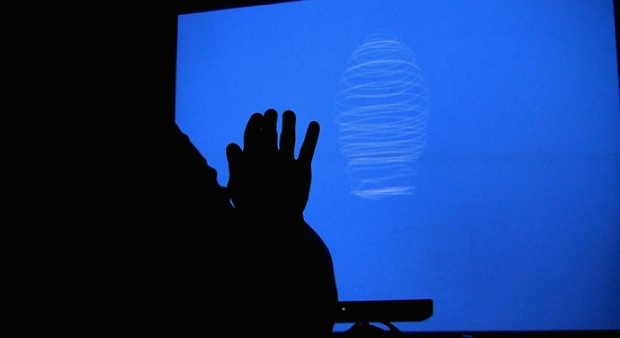
I am not sure how it going to look, but I have been spending time at the University of Southern California’s Keck School of Medicine and the School of Cinematic Arts. The two schools, and others at USC, are working closely through the USC Center for Body Computing (CBC). As part of its mission, the CBC has the task of bridging the gap between medicine and cinematic arts, which are different in some ways but quite similar in many more. By integrating the front line medical expertise of physicians with the artistry of moviemakers, we are trying to shift the focus toward scaling health apps worldwide: We would like to develop a mobile health app that can help kids, from Los Angeles to Mumbai, make better food choices. We want to create compelling solutions to global health problems.
In addition to concentrating on the technology and the medicine, we need to be concentrating on recreating the delivery of care, using powerful designs and stories to connect us to information and to one another. Perhaps the first mobile medical blockbuster will consist of a simple idea, a platform for creativity, rather than one creative product, not unlike the simple yet effective idea which is Facebook. Perhaps it will be a metaphor for our health in the form of a mobile application. The most profound medical applications are likely to involve a narrative--because we think in stories--our minds are just built that way.
[Images, of Kinect hacks: Top, Flickr user Radamés Ajna; Middle, Mattkim99; Last, Flickr user Klaynect]
Edward Saxon, an Oscar winner, produced Silence of the Lambs, Philadelphia, and Adaptation, among other films. He is currently a producer on Enlightened, a forthcoming HBO series. He also works with the University of Southern California Center for Body Computing to help integrate the techniques of moviemaking into medicine and he will be a speaker at USC’s Body Computing Conference on September 23.




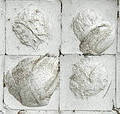

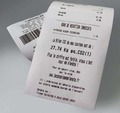
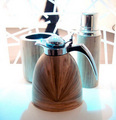
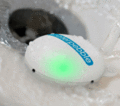
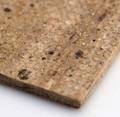
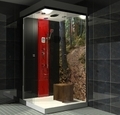
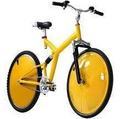
Comments by our Users
Be the first to write a comment for this item.